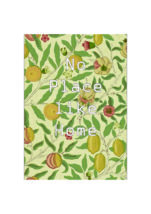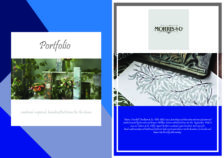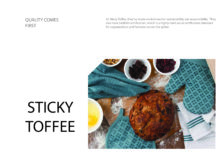Aardra Ajaya Ghosh
- images: 24
- views: 69
- date: 4-3-20
- Region:
- United Kingdom



















































The creative process often begins with different art mediums to map concepts for the finished product. Traditionally, drawings of woven textile patterns were translated onto special forms of graph paper called point papers, which were used by the weavers in setting up their looms.
Today, most professional textile designers use some form of computer-aided design software created expressly for this purpose.Some of the latest advances in textile printing have been in the area of digital printing. The process is similar to the computer controlled paper printers used for office applications. In addition, heat-transfer printing is another popular printing method to be used in the textile design. Patterns are often designed in repeat to maintain a balanced design even when fabric is made into yardage.
Repeat size is the distance directly across or down from any motif in a design to the next place that same motif occurs. The size of the repeat is determined by the production method. For example, printed repeat patterns must fit within particular screen sizes while woven repeat patterns must fit within certain loom sizes. There are several different types of layouts for repeated patterns.
Some of the most common repeats are straight and half drop. Often, the same design is produced in many different colored versions, which are called colorways. Once a pattern is complete, the design process shifts to choosing the proper fabrics to get the design printed on or woven into the fabric.
